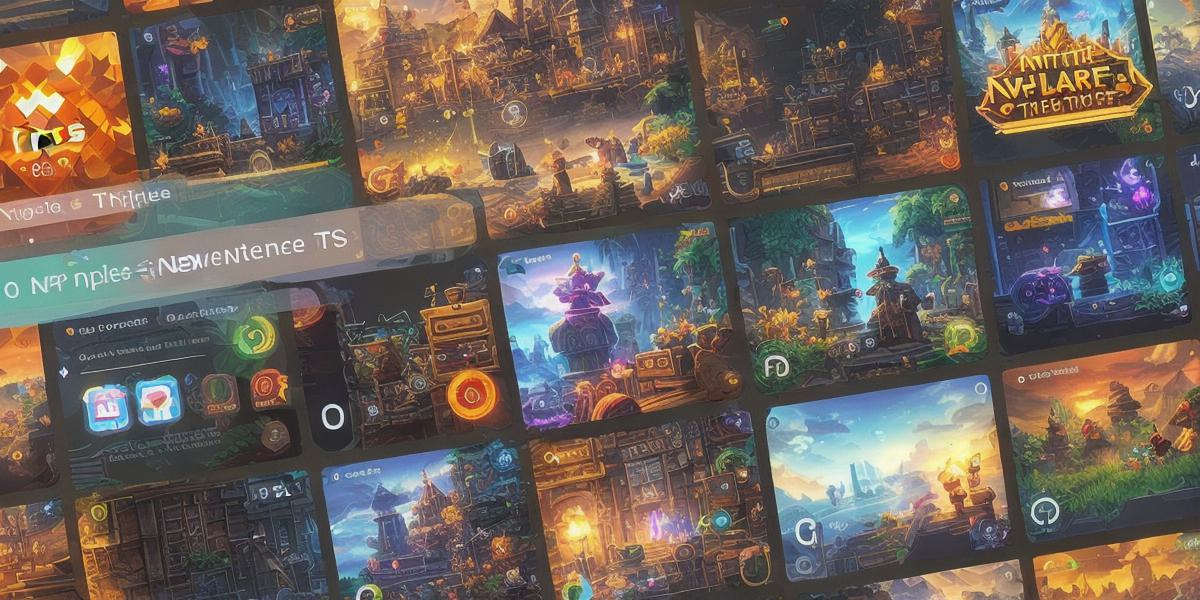Introduction:
The world of gaming has evolved rapidly over the past decade, with new technologies and innovations constantly emerging to enhance the player experience. One of the most exciting developments in this space is the integration of non-fungible tokens (NFTs) into game development. NFTs are unique digital assets that can be bought, sold, and traded on a blockchain, providing players with a new level of ownership and engagement within games.
In this article, we will explore how NFTs can be integrated into game development, including their benefits, use cases, and best practices for implementing them in games. We will also discuss the future of NFTs in gaming and their potential to revolutionize the industry.
Benefits of NFTs in Game Development:
- Ownership and Authenticity:
One of the biggest benefits of NFTs in game development is that they provide players with a sense of ownership and authenticity. Each NFT is unique, with its own set of attributes and characteristics, making it highly valuable and desirable to players. This creates a strong emotional connection between players and their in-game assets, increasing their engagement and investment in the game.2. Monetization Opportunities:
NFTs can also provide game developers with new monetization opportunities. By selling NFTs related to the game, such as rare items or collectibles, developers can generate revenue beyond traditional advertising and subscription models. This can help fund future game updates and expansions, ensuring that players continue to receive high-quality content.
3. Community Building:
NFTs can also be used to build communities around games. By creating NFTs related to the game’s lore, characters, or events, developers can foster a sense of belonging among players who share a passion for the game. This can lead to increased player engagement and social interaction, creating a more immersive and enjoyable gaming experience.
Use Cases for NFTs in Game Development:
- In-Game Items:
NFTs can be used to represent in-game items, such as weapons, armor, or collectibles. By using NFTs, developers can create unique, highly valuable items that cannot be duplicated or copied, increasing the perceived value of these items among players. This can also help reduce server load and improve game performance by eliminating the need to store duplicate item data.2. Game Art:
NFTs can also be used to represent game art, such as concept art, character models, or environment designs. By using NFTs, developers can monetize their artistic work beyond traditional licensing models, providing a new revenue stream for artists and creators. This can also help foster a sense of ownership and authenticity among players who value the creative work that went into creating the game.
3. Virtual Real Estate:
NFTs can be used to represent virtual real estate within games, such as in-game properties or landmarks. By using NFTs, developers can create unique, highly valuable virtual real estate that cannot be duplicated or copied, increasing the perceived value of these items among players. This can also help create a sense of permanence and ownership among players who invest in virtual real estate.
Best Practices for Implementing NFTs in Games:
- Plan Ahead:
Before implementing NFTs in a game, it’s important to plan ahead and consider the potential impact on the game’s economy, performance, and player experience. This may involve working closely with game designers, artists, and engineers to ensure that NFTs are integrated seamlessly into the game’s existing systems.2. Use Clear Messaging:
When introducing NFTs to a game, it’s important to use clear messaging to explain their value and benefits to players.



